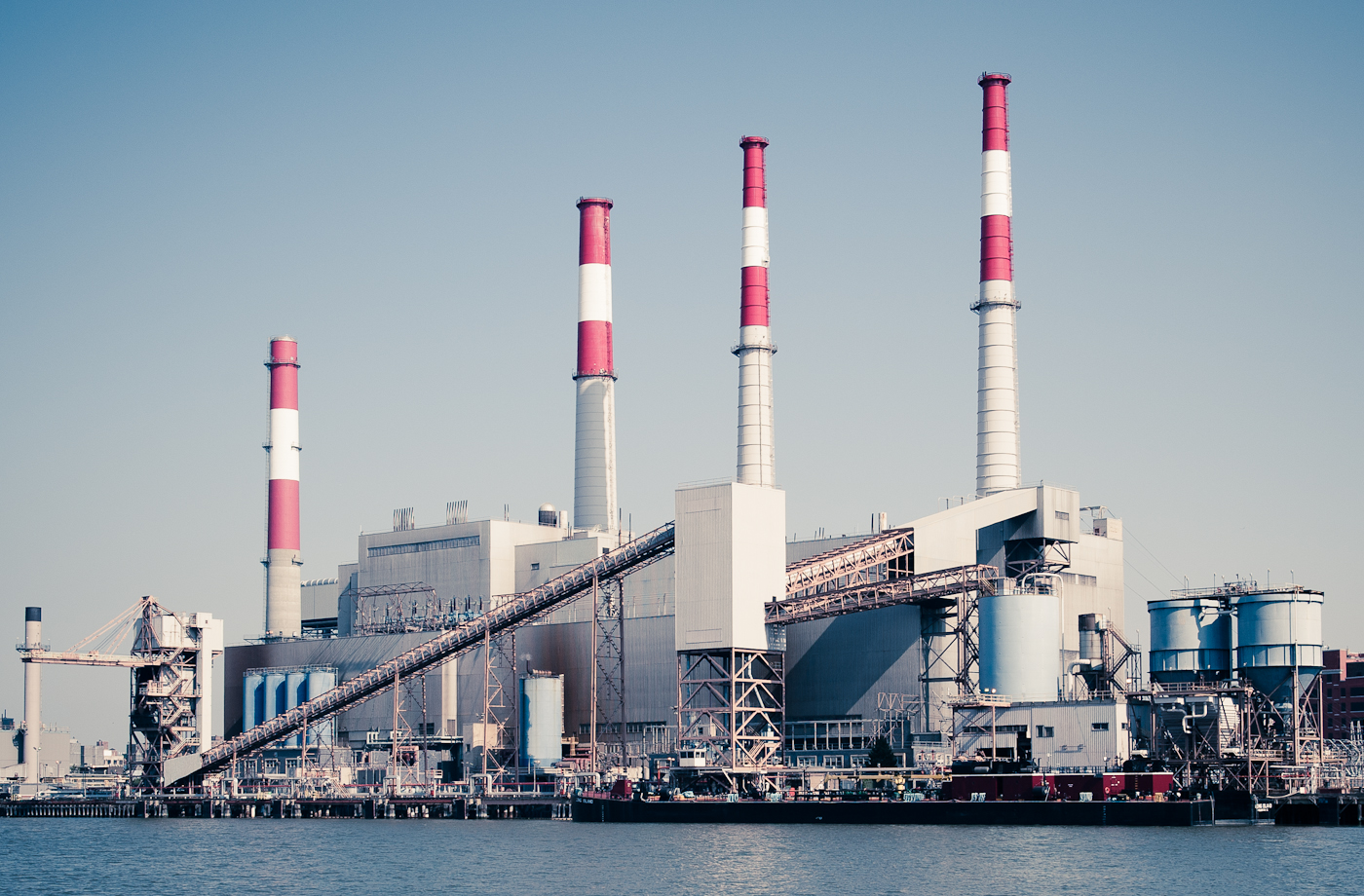Paris Agreement signatories China, India and US lead the way as world’s coal consumption reaches all-time high
01/26/2022 / By Roy Green

The International Energy Agency’s (IEA) Coal 2021 report revealed that signatories in the Paris Climate Accord or Paris Agreement accounted for the majority of the world’s coal consumption, which jumped by nine percent and reached an all-time high last year.
China was again the runaway leader, consuming 4.4 billion tons of fossil fuel, which is over half (50.5 percent) of the world’s total consumption. India was a distant second with 966 million tons consumed and the United States, despite having the world’s biggest coal reserve, ranked third with 731 million tons.
The IEA report was released after the end of the Conference of the Parties (COP26) climate summit in Glasgow, Scotland. COP26 was held to further strengthen the Paris Agreement forged by 196 countries in 2015. China, India and the U.S. were among the signatories.
Together, these three nations accounted for 70.3 percent of the volume of coal the world burned to fuel homes and businesses, with the steel and cement industry among the major consumers.
Coal consumption to spike this year through 2024
No early relief to the world’s coal usage is within sight. The IEA projected coal consumption to spike this year and stay that way through 2024 due to the rapid economic recovery of many countries. This is hardly surprising following a global economic slowdown caused by the Wuhan coronavirus (COVID-19) pandemic.
Pulled down by lower electricity demand due to the shutdown of many businesses and COVID-19 restrictions, global coal demand dipped by four percent in 2020, the biggest decline since World War II.
A plunge in gas prices also lured many users to veer away from coal, especially in the U.S. and the European Union, where coal usage dropped by 20 percent and 21 percent, respectively.
As business activity revved up last year, a total of 10,350 terawatt-hours of electricity was generated from coal. Based on current trends, global coal demand is projected to rise to 8,025 Mt (million tons), which would be an all-time high, this year.
With COVID-19 expected to be contained, demand would further escalate in 2023 and 2024.
China is slowing down its coal consumption and is expected to post only a one percent increase annually between 2022 and 2024. India, because of its economic growth, increasing electrification and 1.4 billion population, is expected to increase its demand to four percent per year.
Other top consumers of coal are Russia, Germany, Japan, South Korea, Poland, Turkey, Indonesia and Australia – all signatories of the Paris Agreement. (Related: Expert says Paris climate agreement is “economically and environmentally flawed” as US rejoins accord.)
Coal’s global reserves to last until 2090
Although coal is an exhaustible resource, its users are unbothered as total global reserves are expected to last till 2090 — but that is if the present rate of consumption remains the same in the coming years.
If coal consumption rises again, coal may be gone in less than 65 years. This is the more likely scenario because many countries have increased demand for the fossil fuel that nature took 300 to 400 million years to form.
In fact, China, India, Indonesia, Japan and Vietnam intend to build 600 more coal power plants in Asia. The Philippines and Bangladesh shelved their plans to build similar plants.
These power plants, which will comprise 80 percent of the world’s new power investments, can produce 300 gigawatts of energy that would be enough to provide the United Kingdom thrice its power requirements.
With coal reserves bound to be depleted, the world’s top economies, as well as third-world countries, are exploring and tapping renewable power sources like the wind, heat (geothermal) and sun (solar) to lessen dependence on fossil fuel.
More related stories:
What you’re not being told about the Paris climate agreement.
The Paris Climate Accord is GENOCIDE against plants, forests and all life on our planet.
Trump just SAVED America from the disastrous Paris Climate Treaty fraud.
Watch the video below to learn more about Paris Climate Accord or simply the Paris Agreement.
This video is from The Code Journey channel on Brighteon.com.
Sources include:
Tagged Under: big government, climate, coal consumption, economic recovery, electricity, energy supply, environment, fossil fuel, pandemic, Paris Agreement, power, power grid
RECENT NEWS & ARTICLES
NewEnergyReport.com is a fact-based public education website published by New Energy Report Features, LLC.
All content copyright © 2018 by New Energy Report Features, LLC.
Contact Us with Tips or Corrections
All trademarks, registered trademarks and servicemarks mentioned on this site are the property of their respective owners.




















